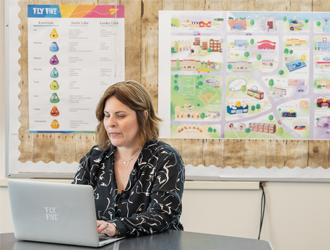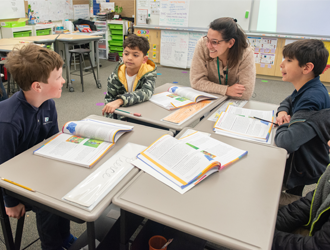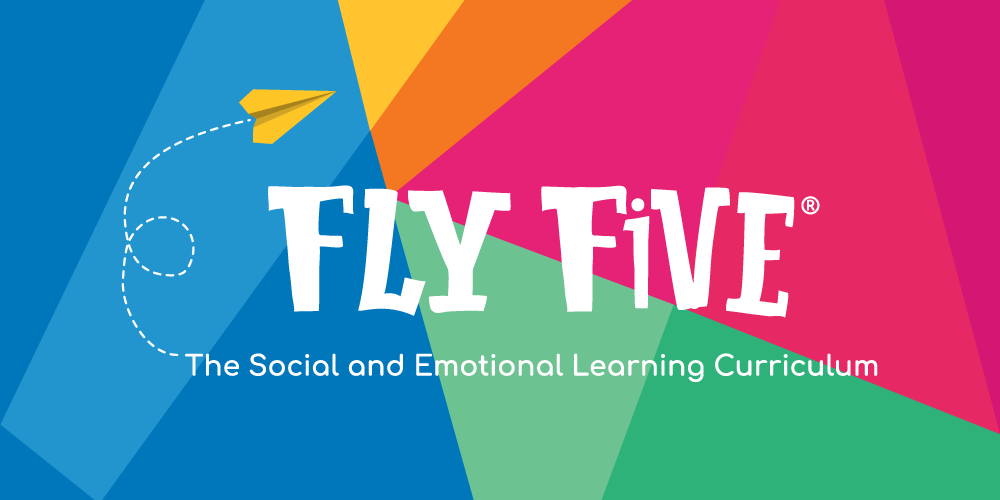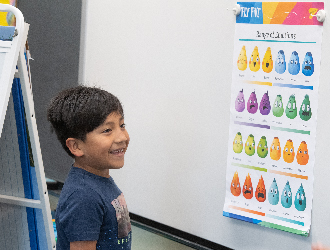Developing Civic Responsibility

Civic responsibility is a crucial component of social, emotional, and academic growth in students of all ages. To spark students’ thinking about civic responsibility, invite them to reflect on this working definition:
Civic responsibility means active participation in the public life of a community in an informed, committed, and constructive manner, with a focus on the common good (Gottlieb & Robinson, 2006, 16).
As students explore this definition, offer specific examples of civic responsibility, such as donating blood or clothing or joining the armed forces. Students can also examine how to amend this definition to meet the needs of their communities. Is there anything that they would add or remove to more fully capture what it means to be socially responsible?
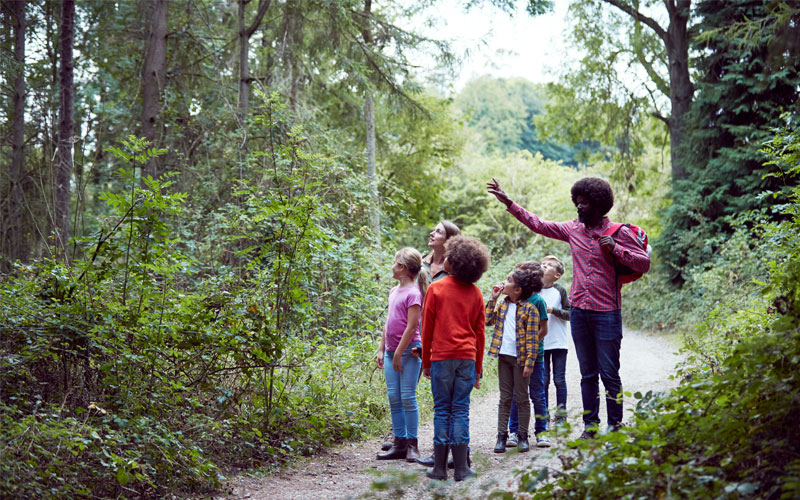
Fostering Civic Responsibility by Grade Span
Programs promoting civic responsibility and engagement vary immensely, but ones that are the most effective tend to contain three crucial elements: intentional connection between school and community, collaborative learning among students, teachers, and community members, and multiple opportunities for civic engagement (Cress, 2012). To begin integrating civic responsibility into your classroom, consider the following approaches:
- K–2: Position students as active participants in the classroom community. Provide opportunities for students to form trusting relationships with each other and work with others toward the greater good. Educators can arrange activities where students create partnerships and consider how to best use the resources available in their classrooms to solve a problem (Wilcox, 2011).
- 3–5: Incorporate service learning, which provides opportunities for students to engage directly with their communities (Larson-Keagy, n.d.). Combine learning goals with community service to enhance student growth while working toward the common good, through community-based activities in which students can apply their knowledge of course content (Bandy, 2011).
- 6–8: Plan issue-specific, grade-wide events where students, teachers, staff, and community members gather to discuss a topic relevant to their school and community (Gottlieb & Robinson, 2006). This forum can also include action steps, where students fundraise, organize a campus cleanup, or write letters to their local leaders to advocate for a cause.
Regardless of the age or stage of students, students can develop the attitude and skills necessary to participate actively and constructively in society. The more opportunities they have to integrate civic responsibility into their lives, the more natural it will feel to work toward the common good and become involved community members.
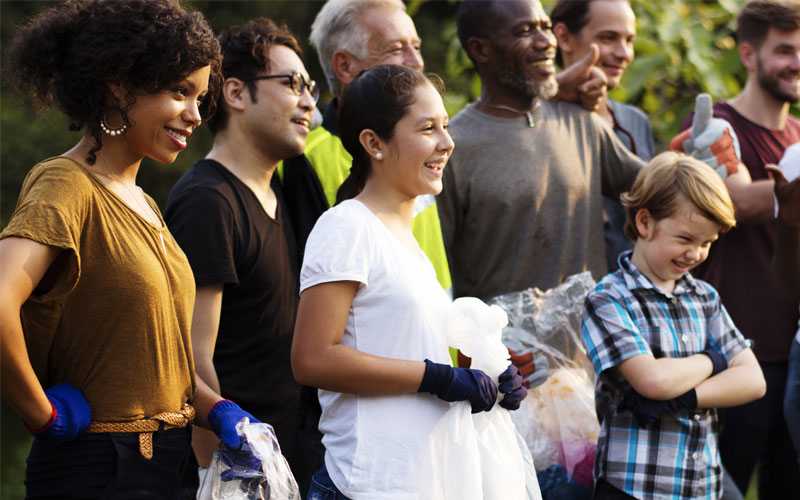
References
Bandy, J. (2011). What is service learning or community engagement? Vanderbilt University Center for Teaching. https://cft.vanderbilt.edu/guides-sub-pages/teaching-through-community-engagement/
Cress, C. M. (2012). Civic engagement and student success: Leveraging multiple degrees of achievement. Diversity and Democracy, 15(3).
Gottlieb, K., & Robinson, G. (Eds.). (2006). A practical guide for integrating civic responsibility into the curriculum (2nd ed.). Community College Press.
Larson-Keagy, E. (n.d.). Civic responsibility and service learning: The need for curricular integration. Community College Journal for Civic Commitment, (1). https://www.mesacc.edu/community-civic-engagement/journals/civic-responsibility-and-service-learning-need-curricular
Wilcox, K. C. (2011). The importance of civic responsibility in higher performing middle schools: An empirical study. Education and Urban Society, 43(1), 26–41. https://doi.org/10.1177%2F0013124510379826




